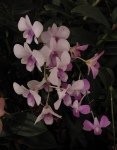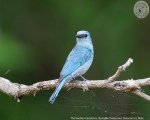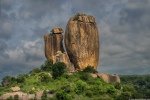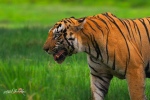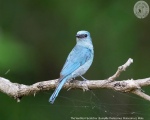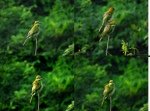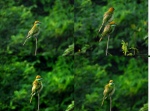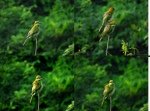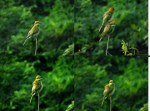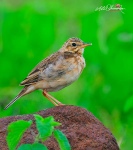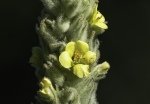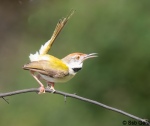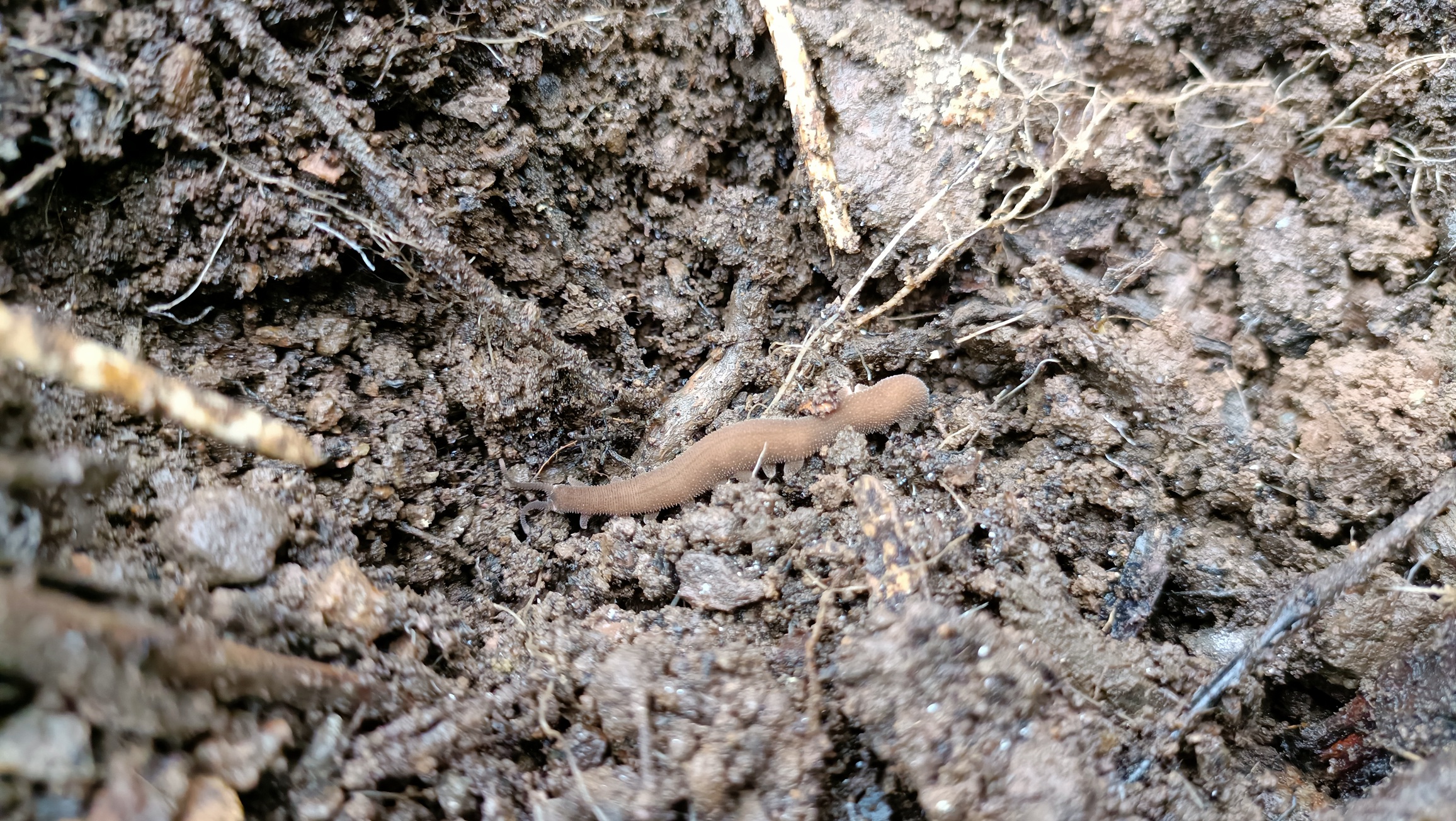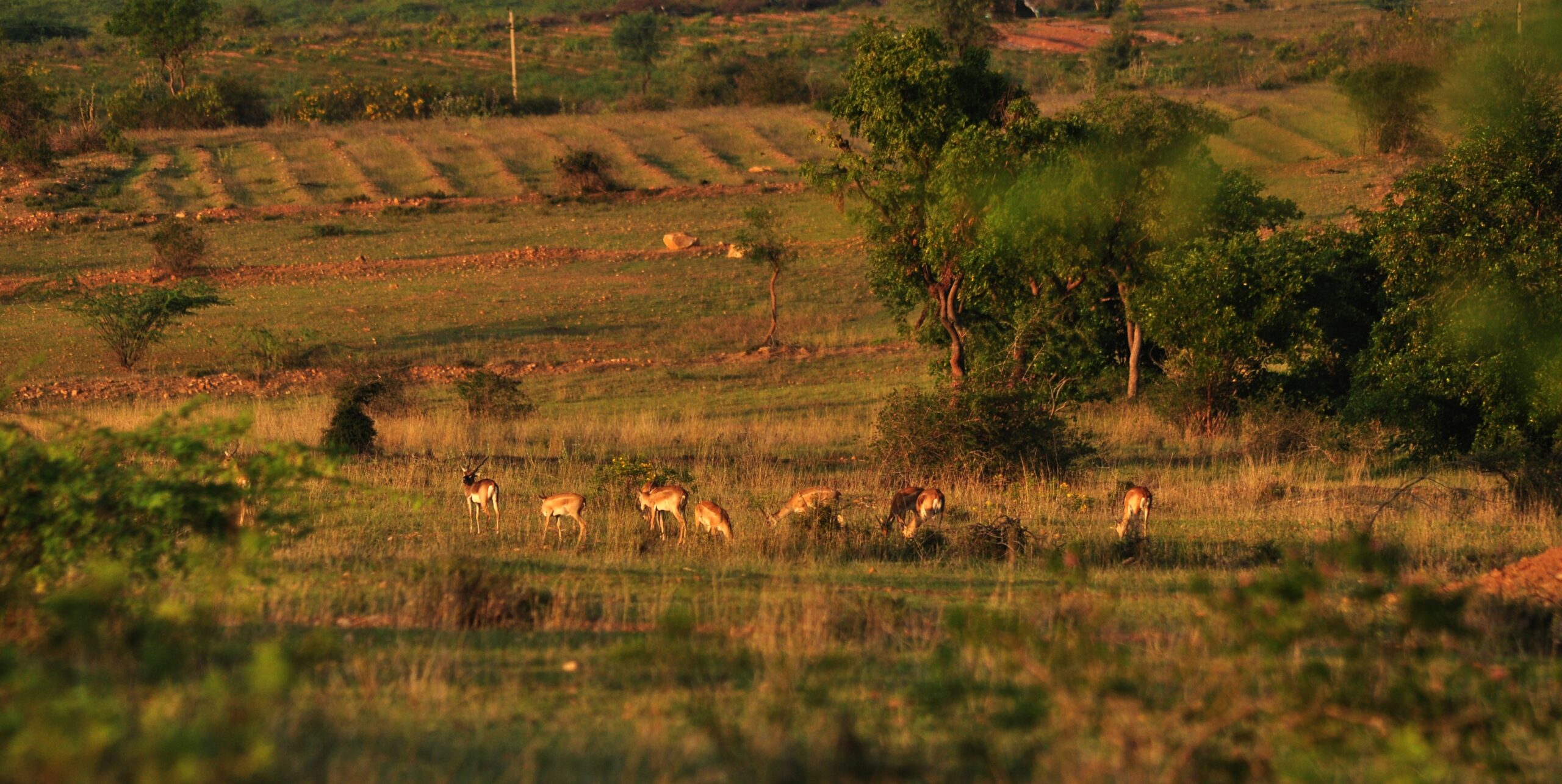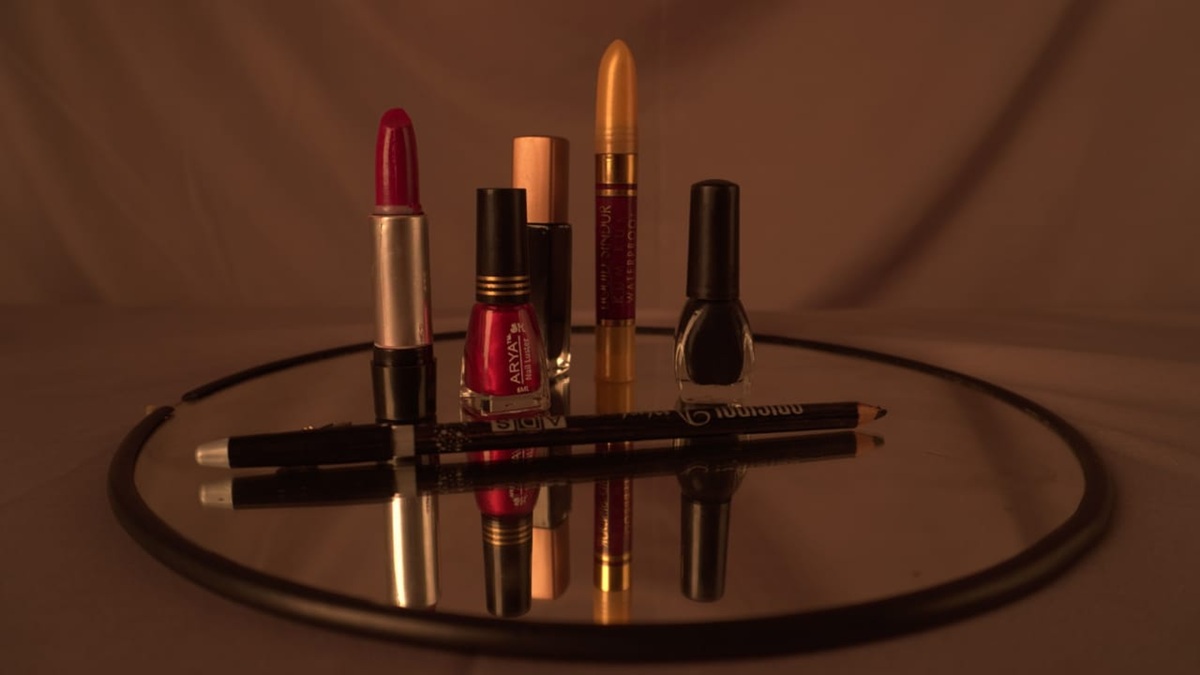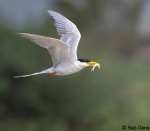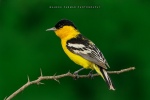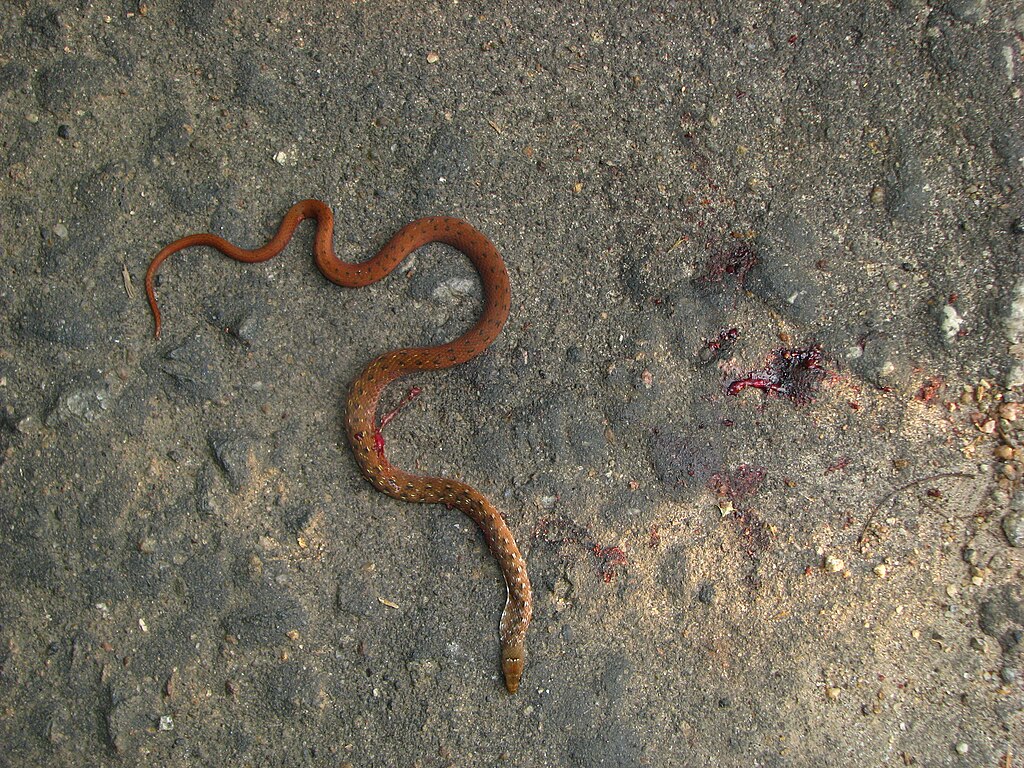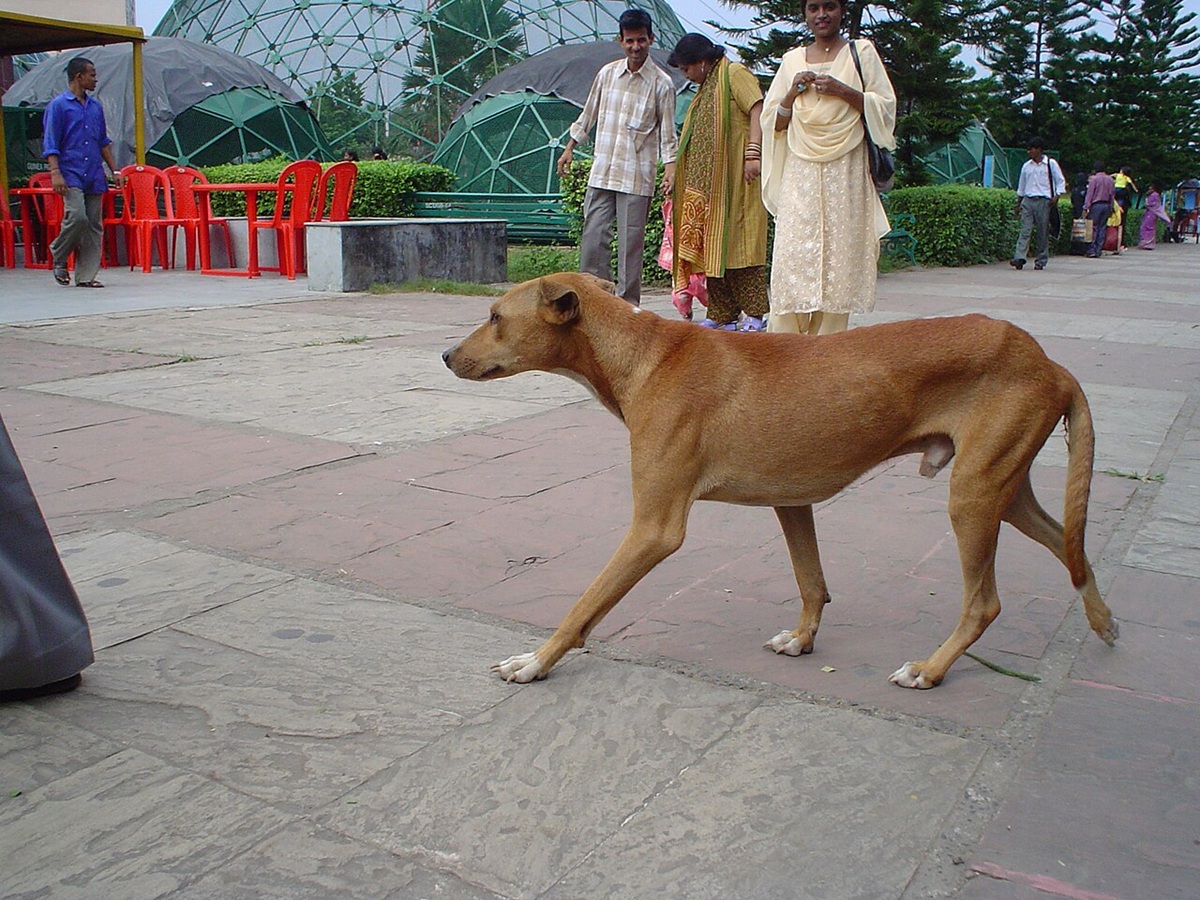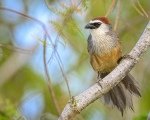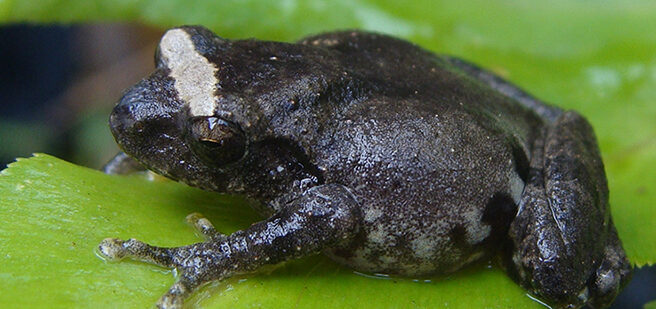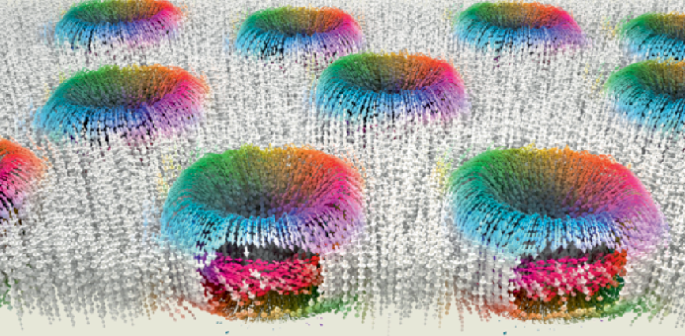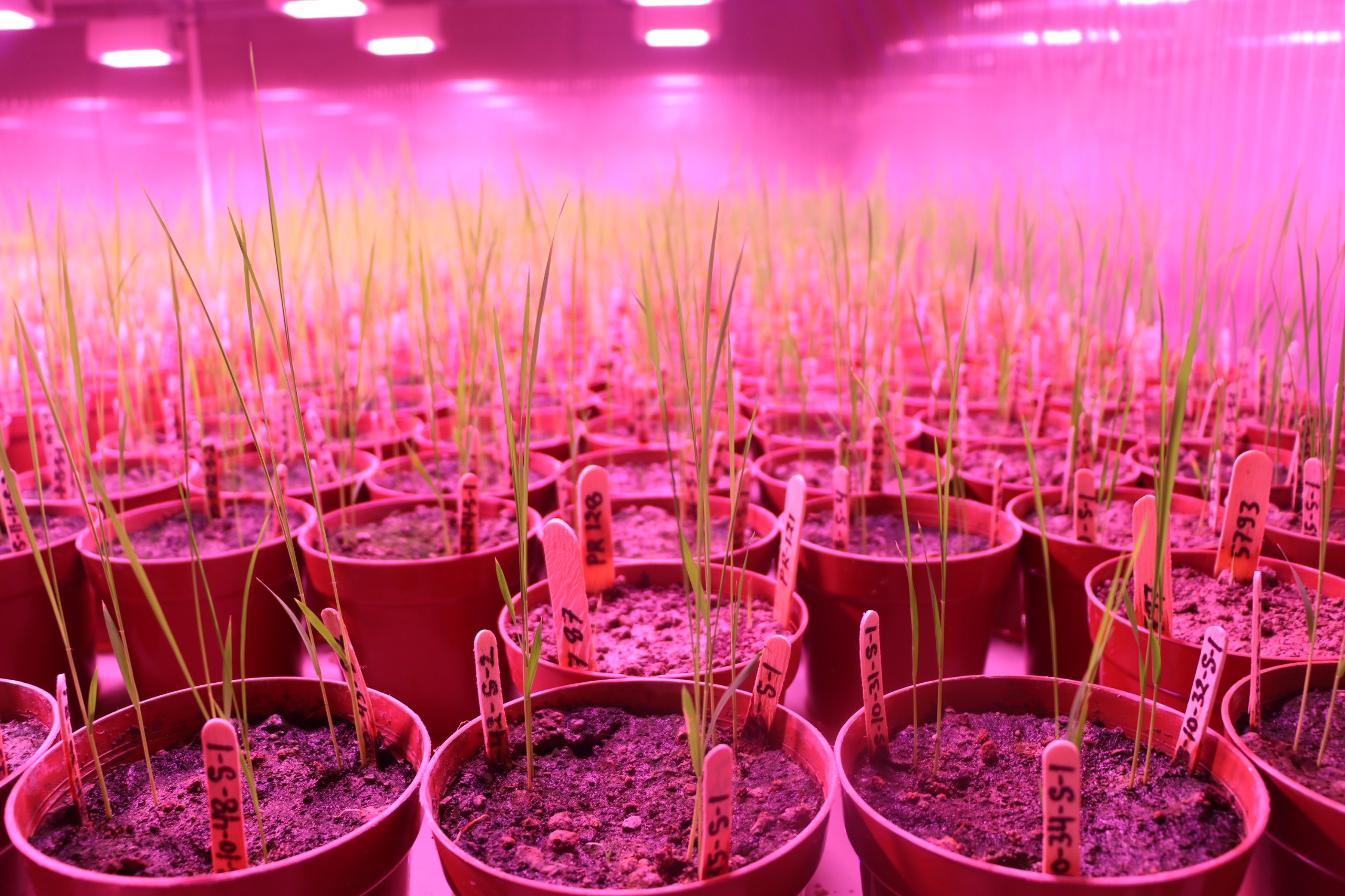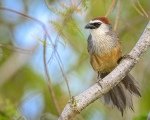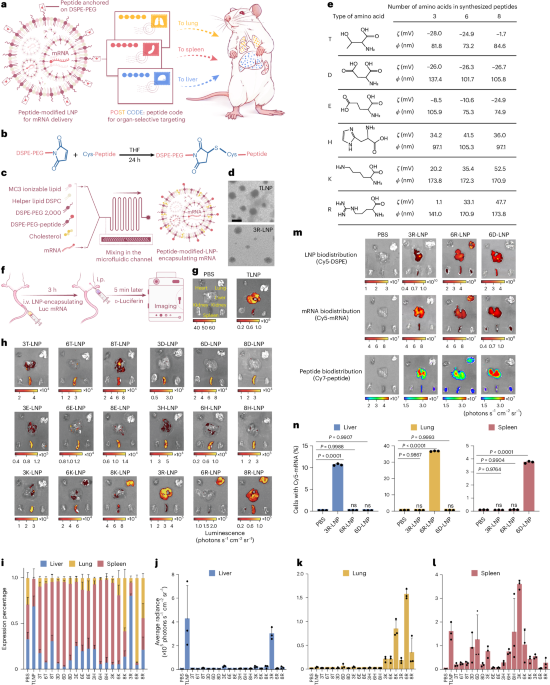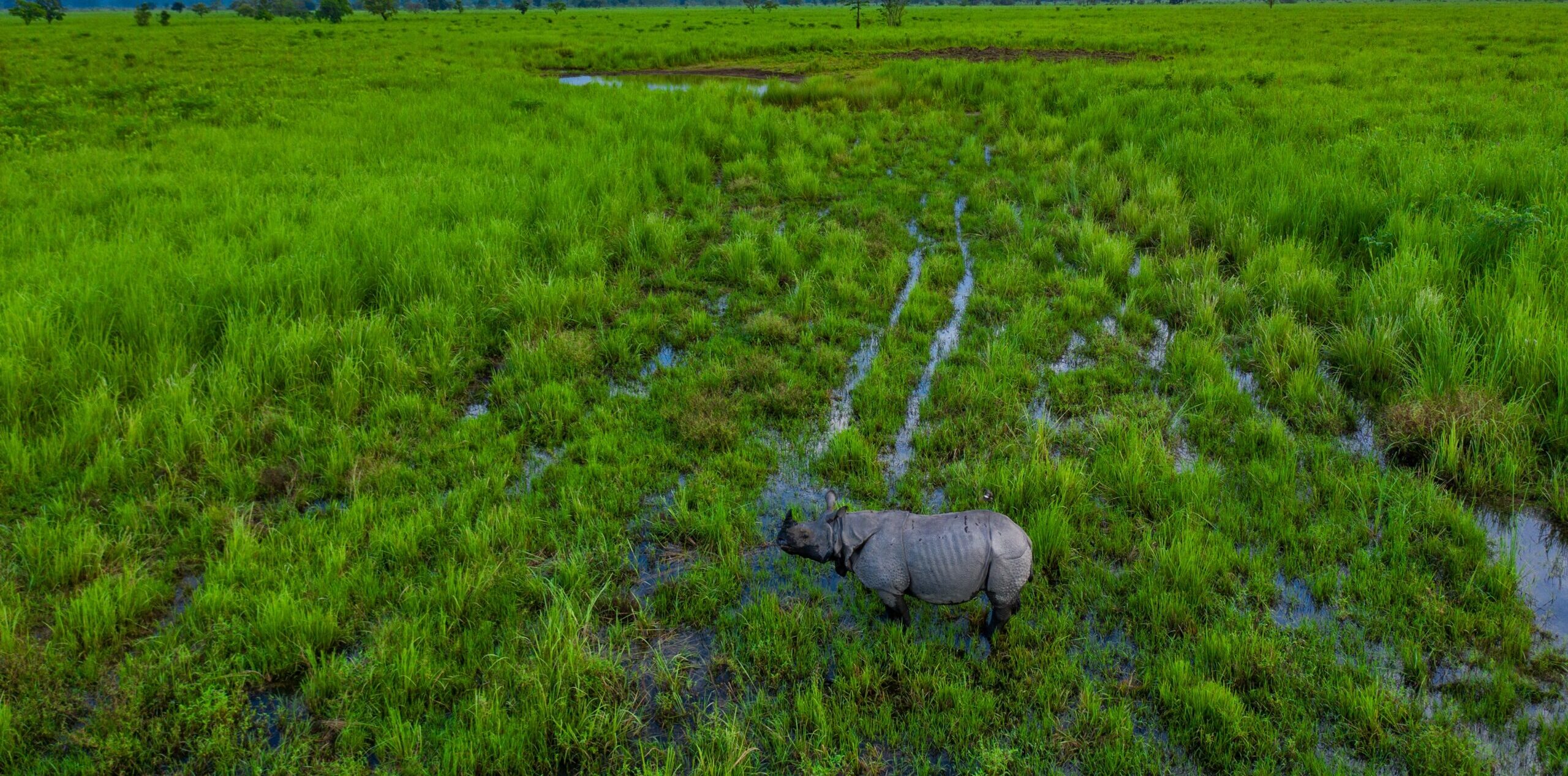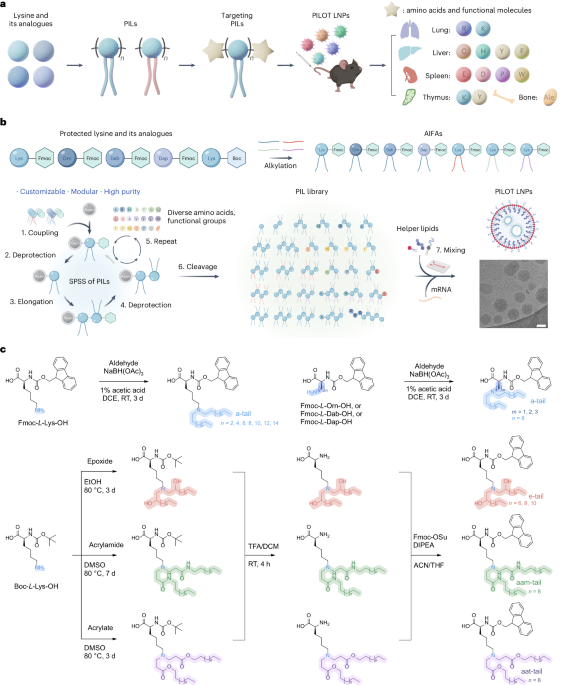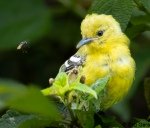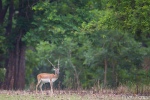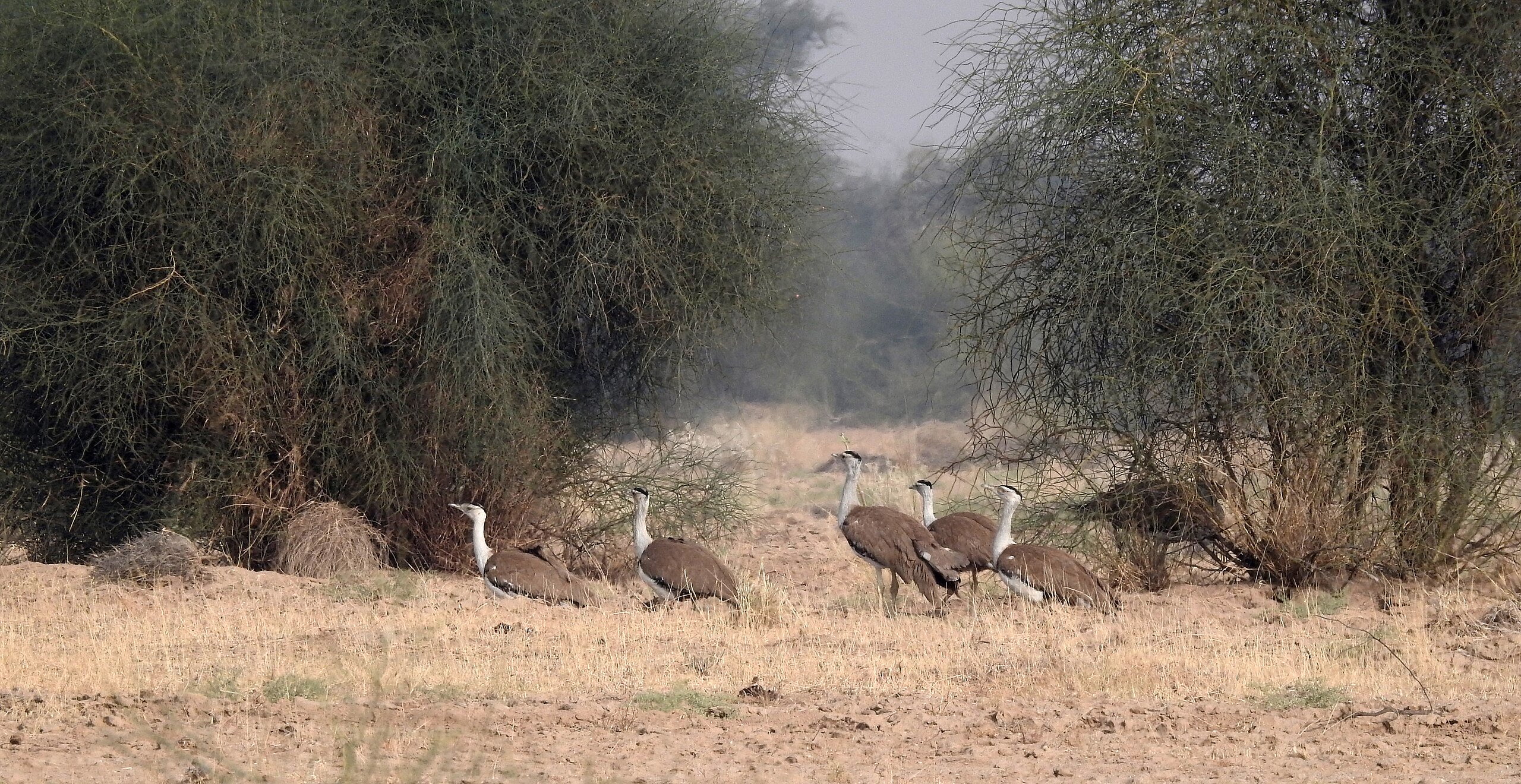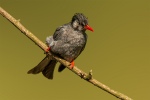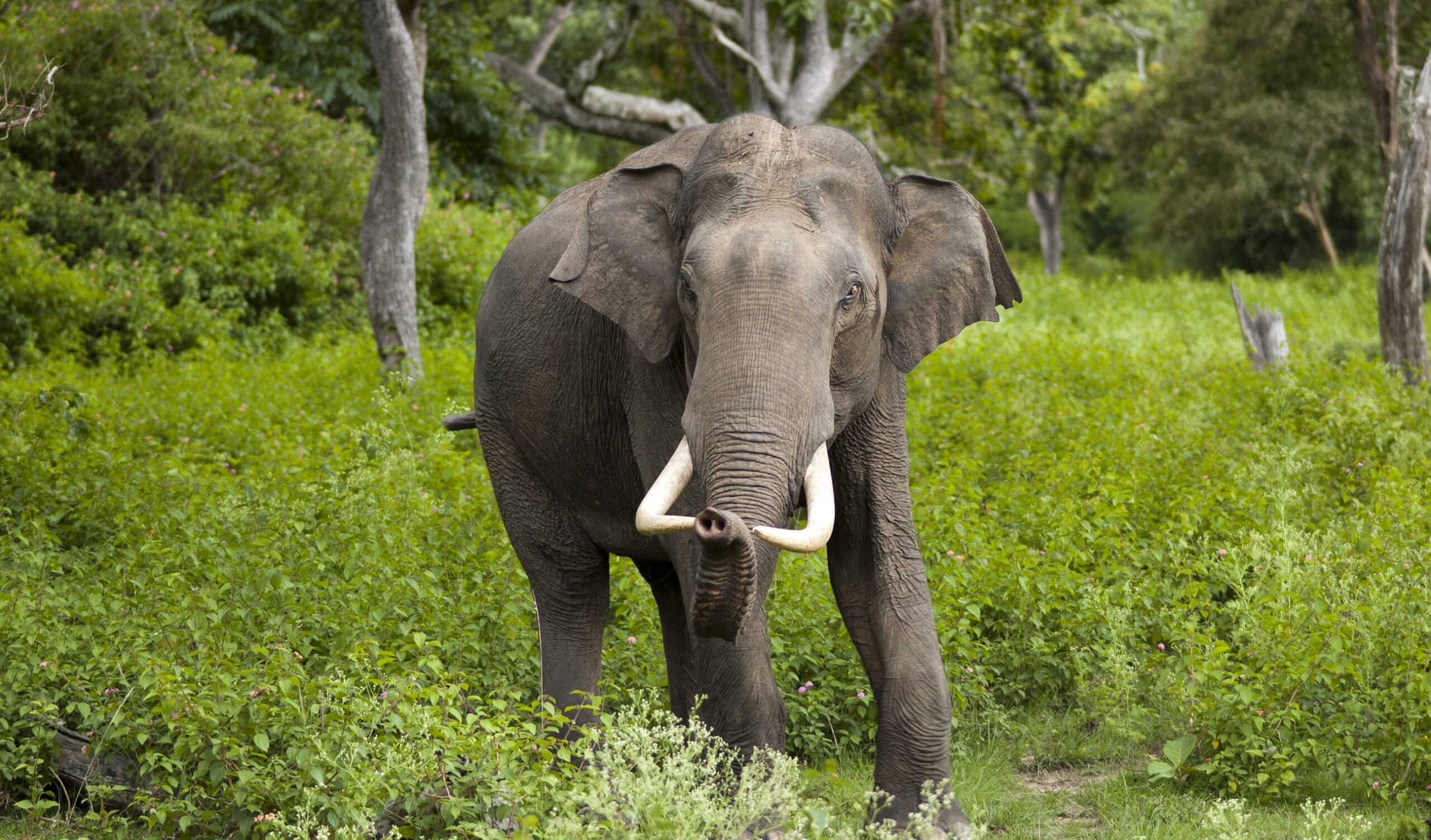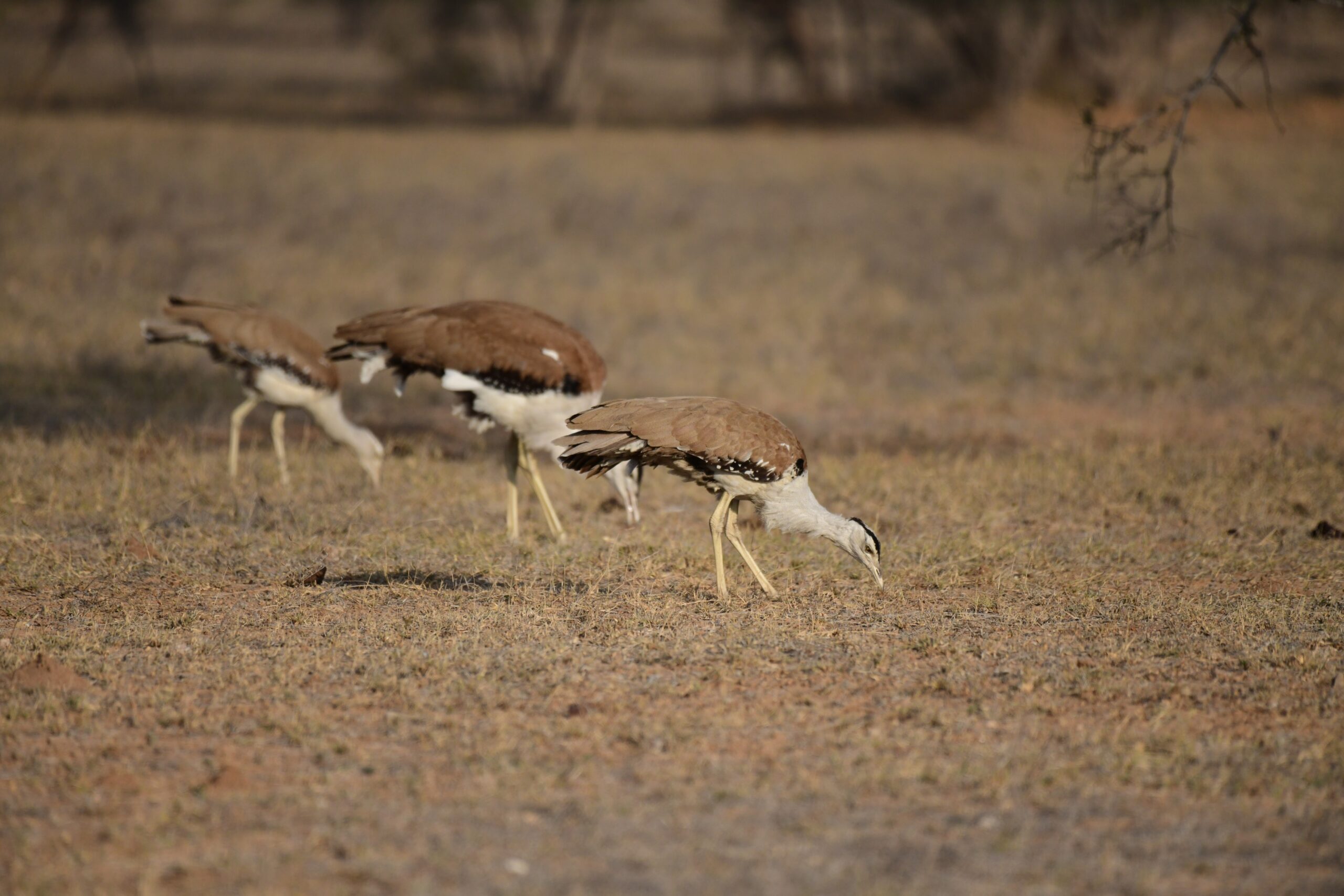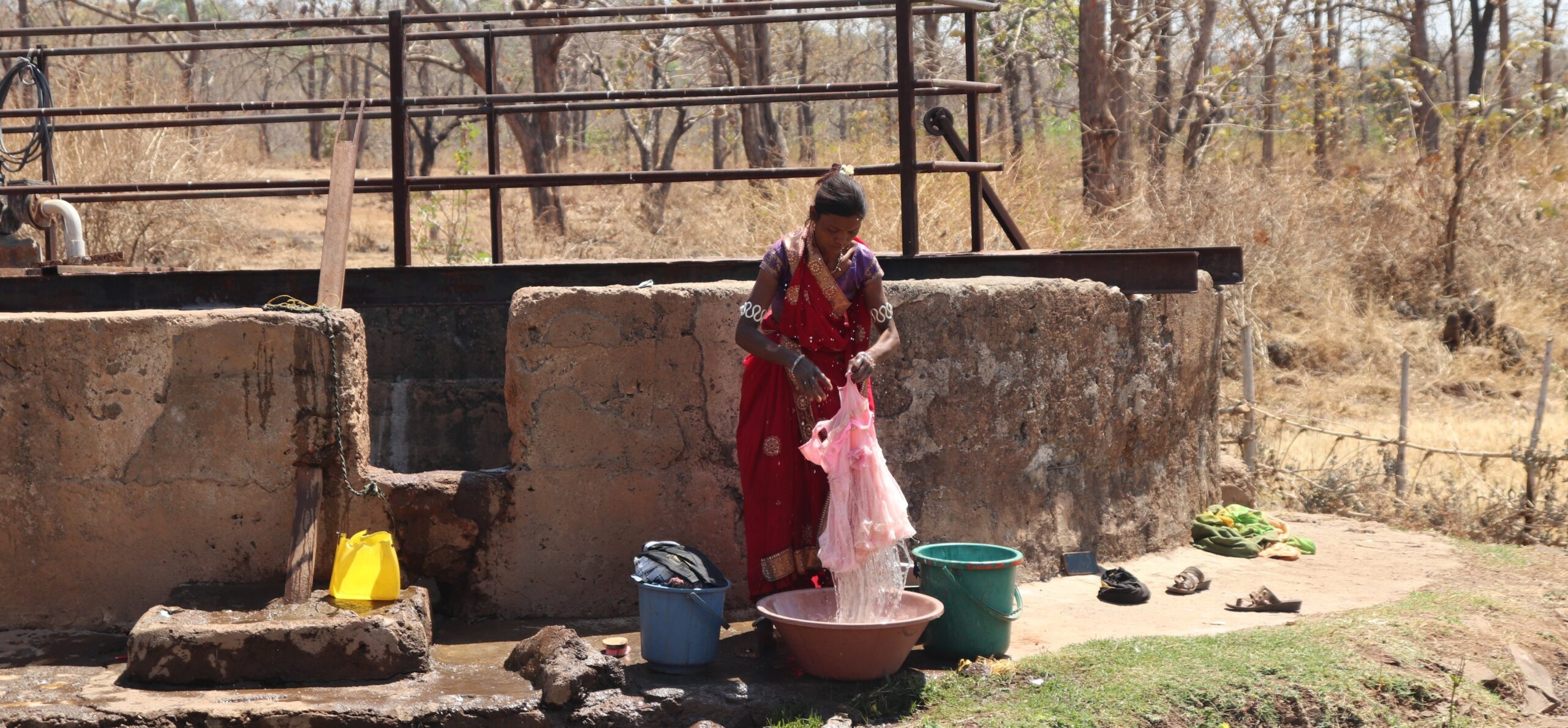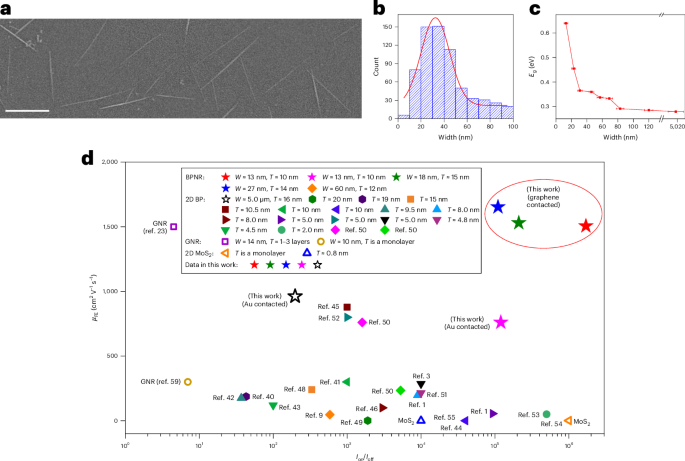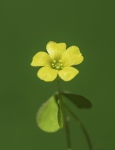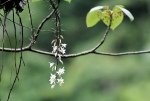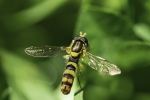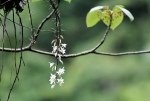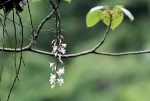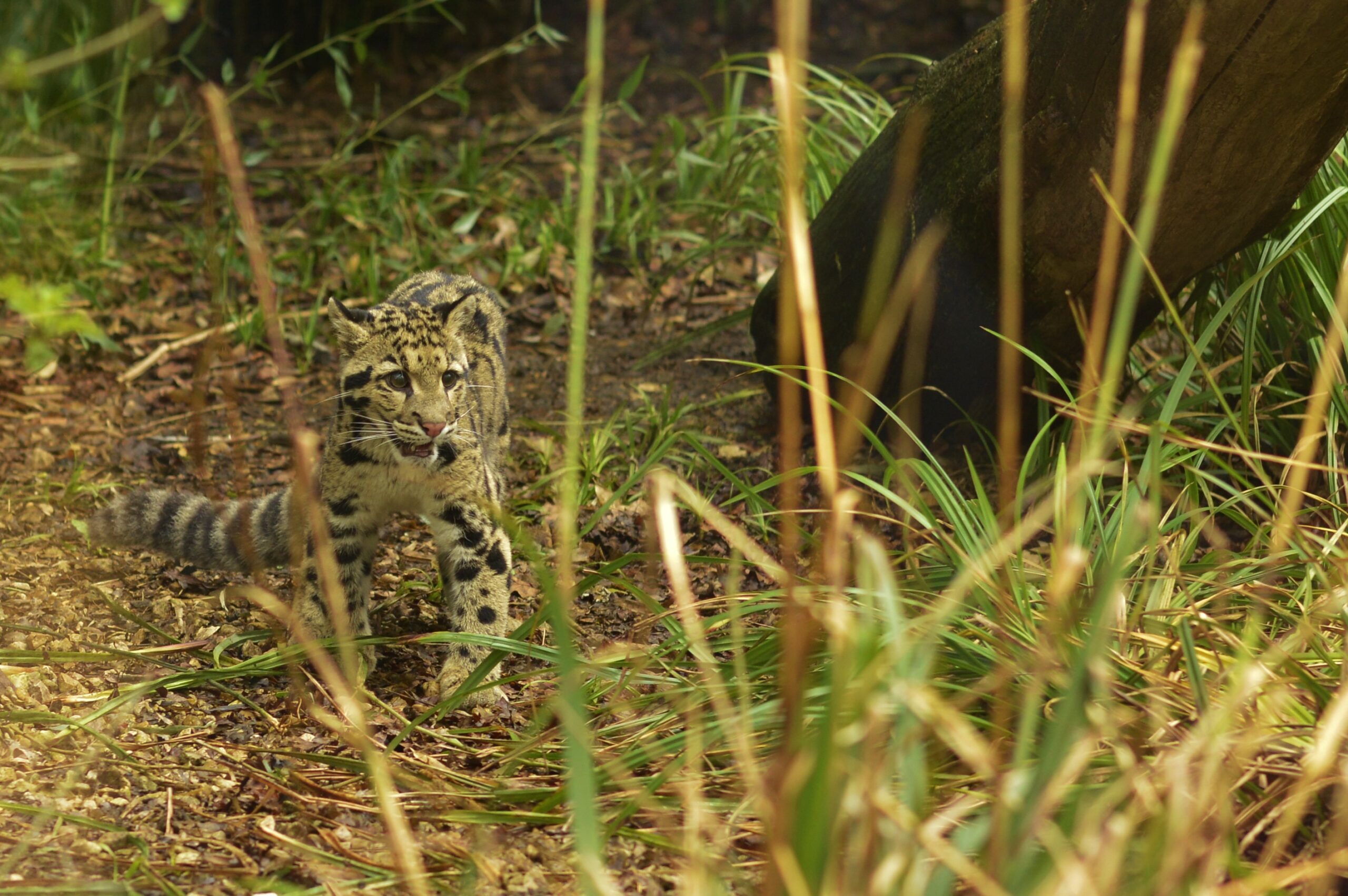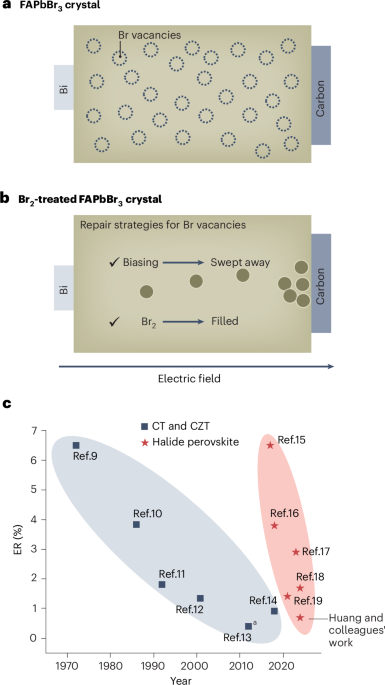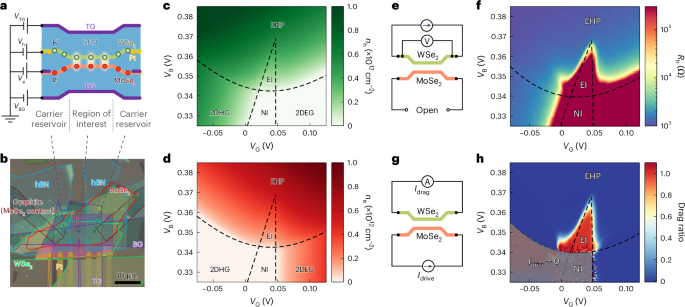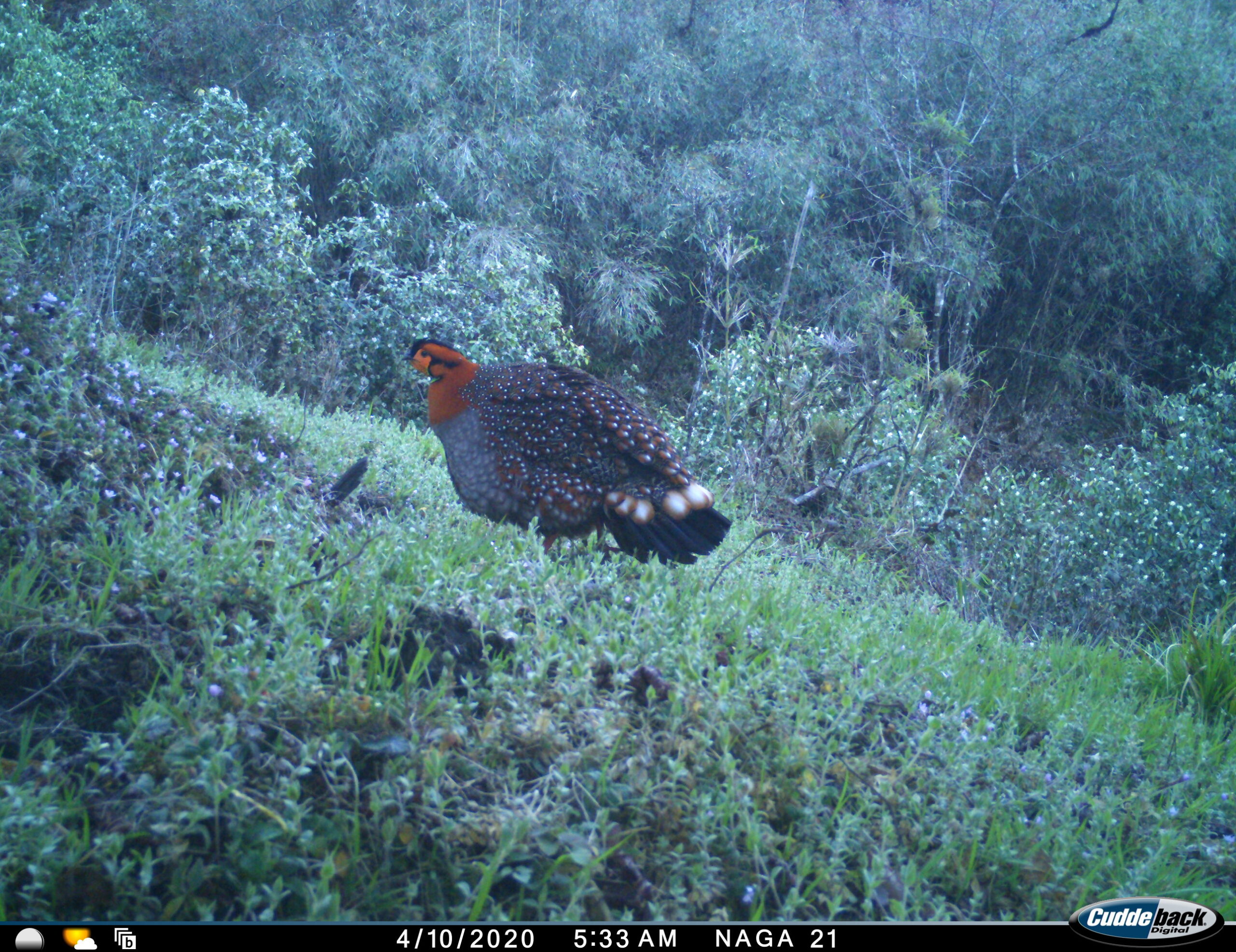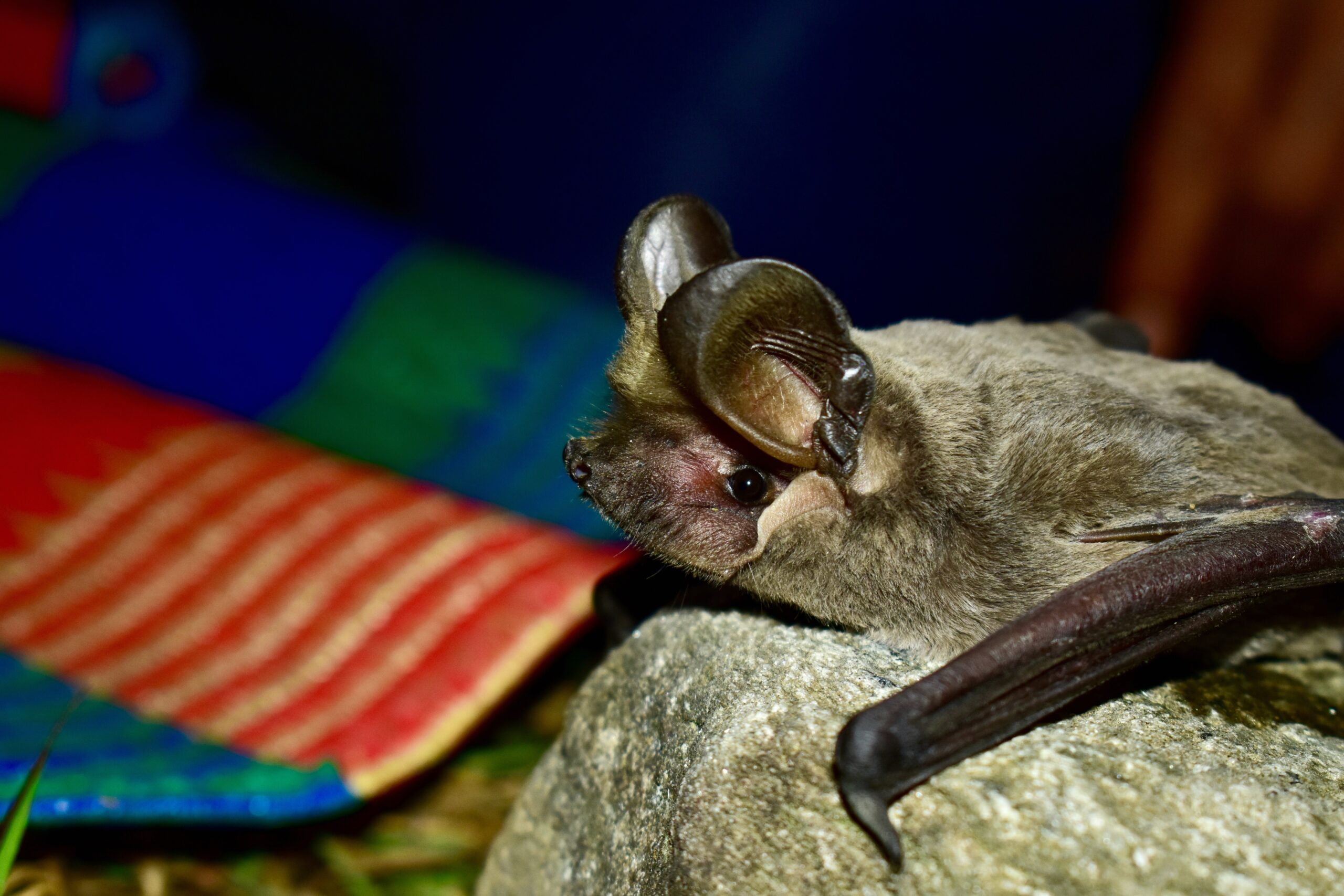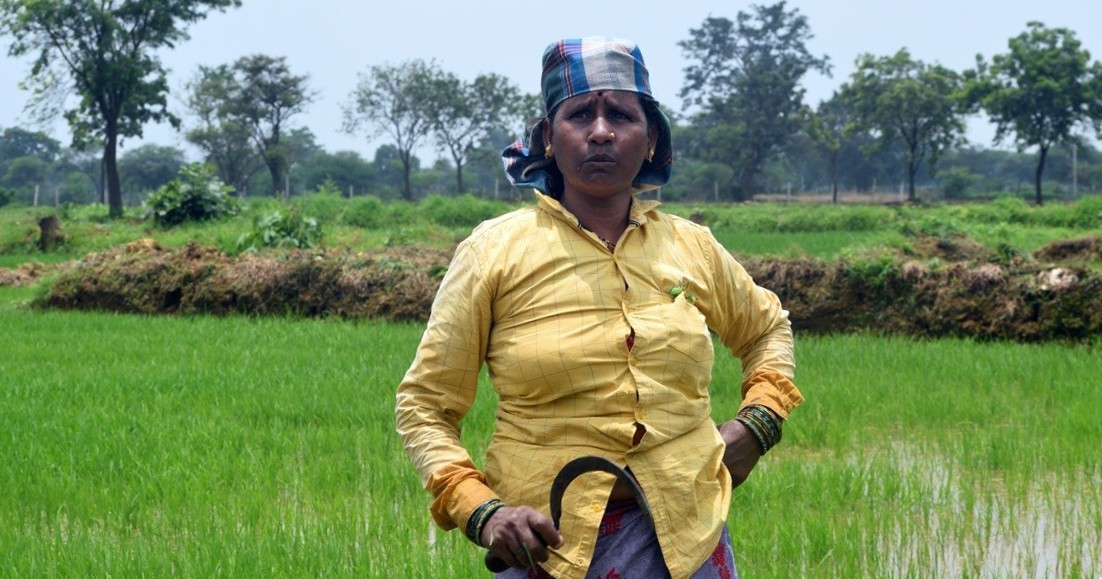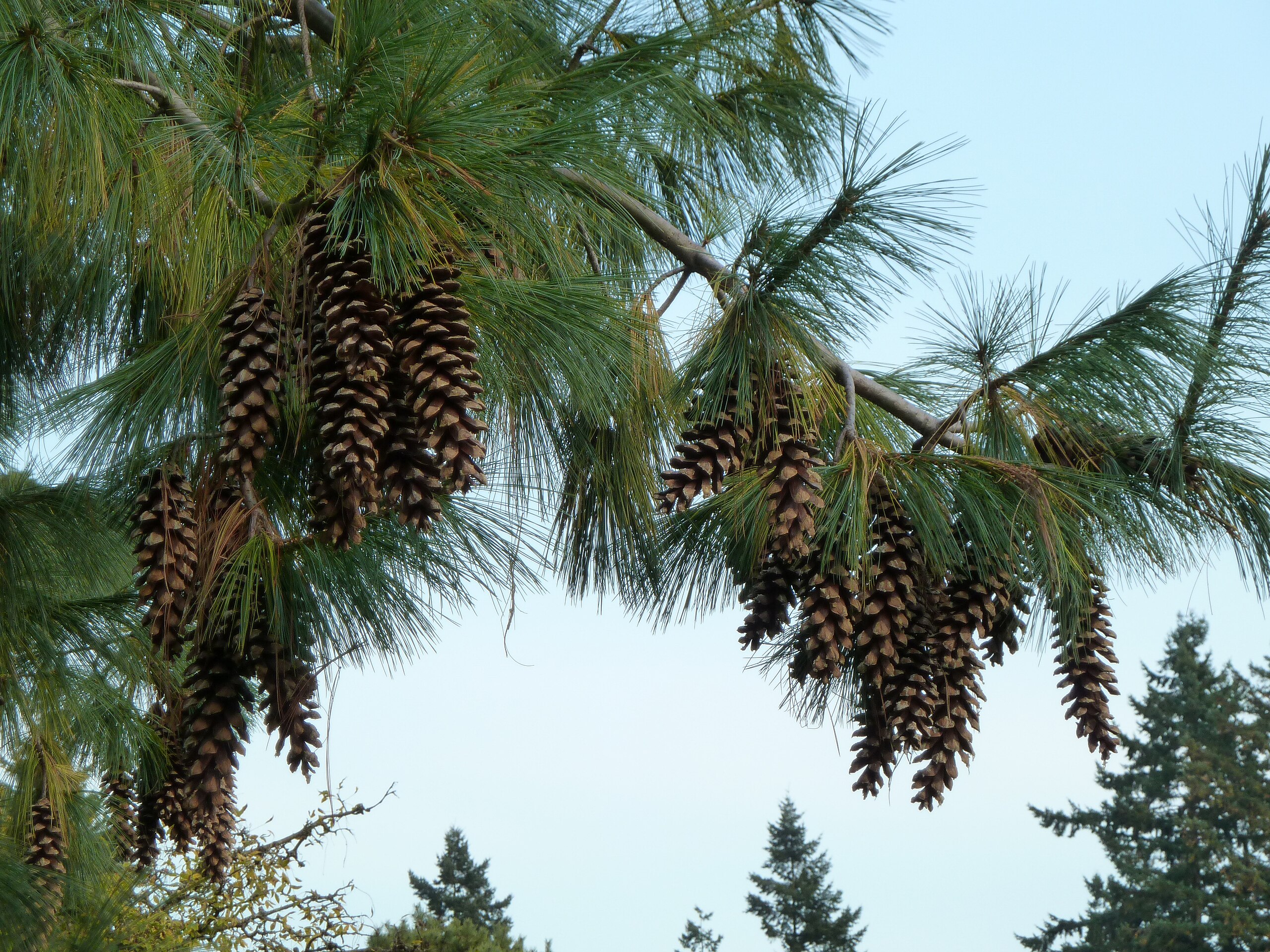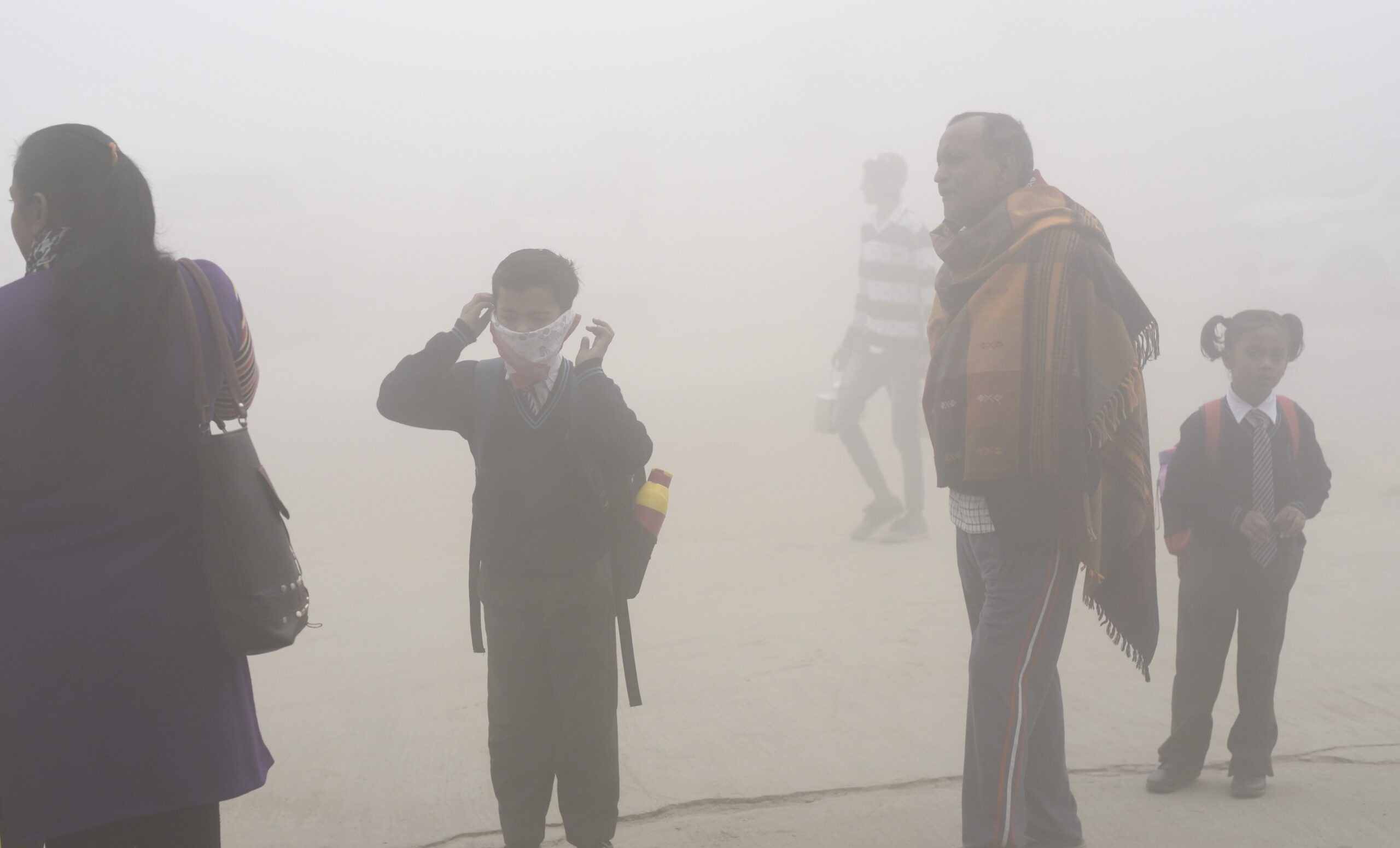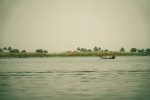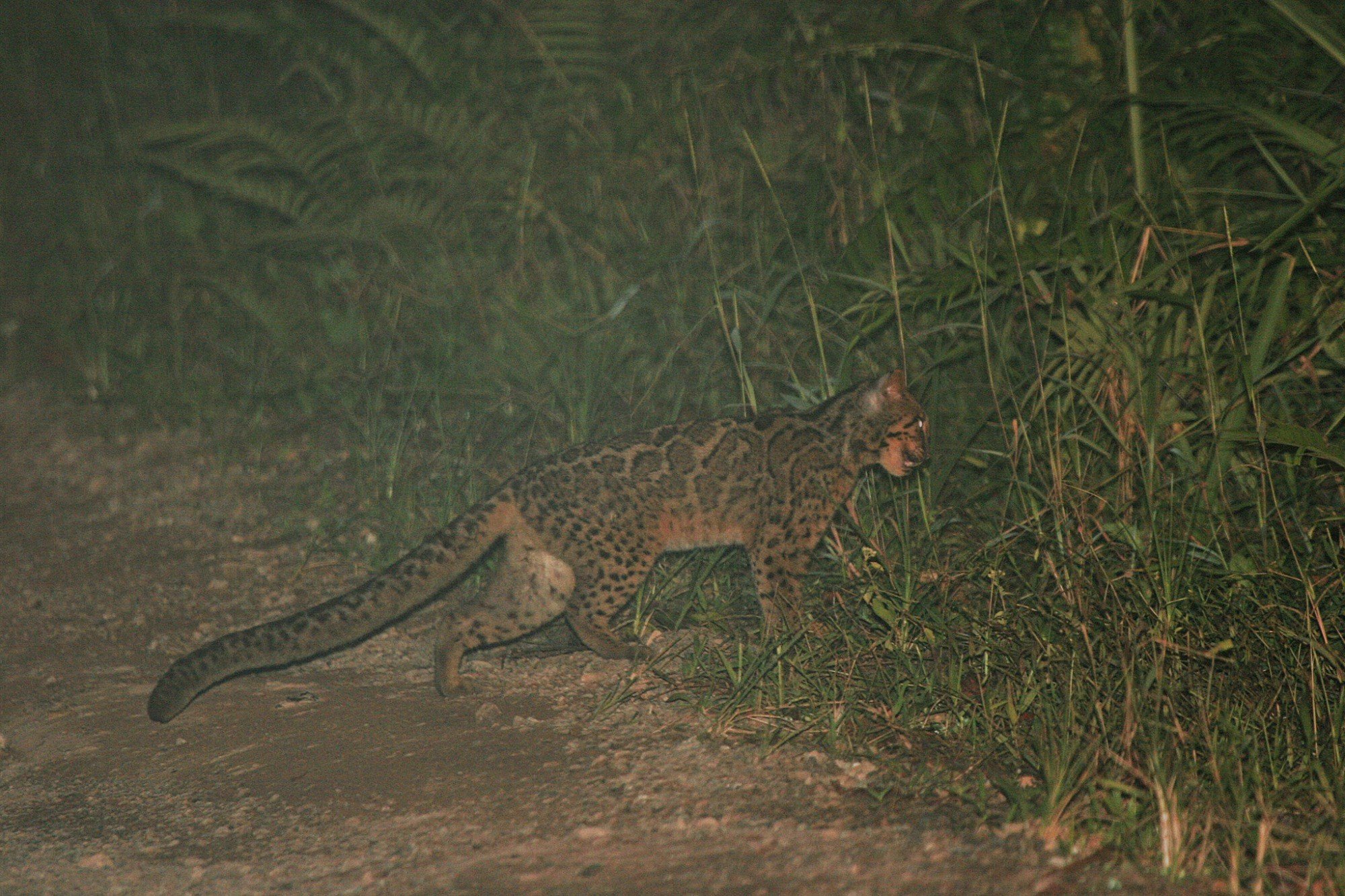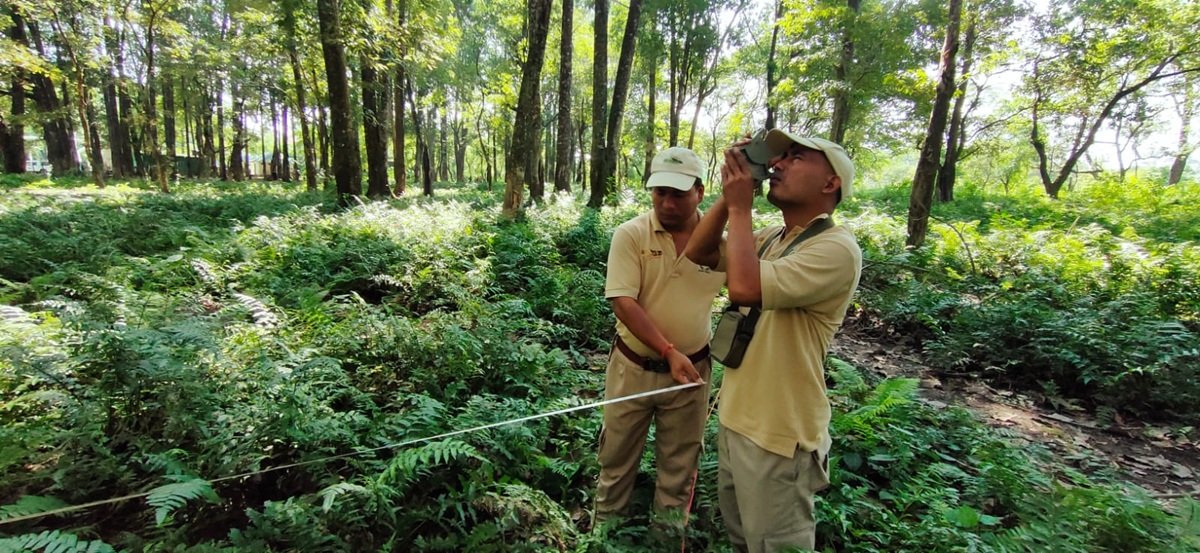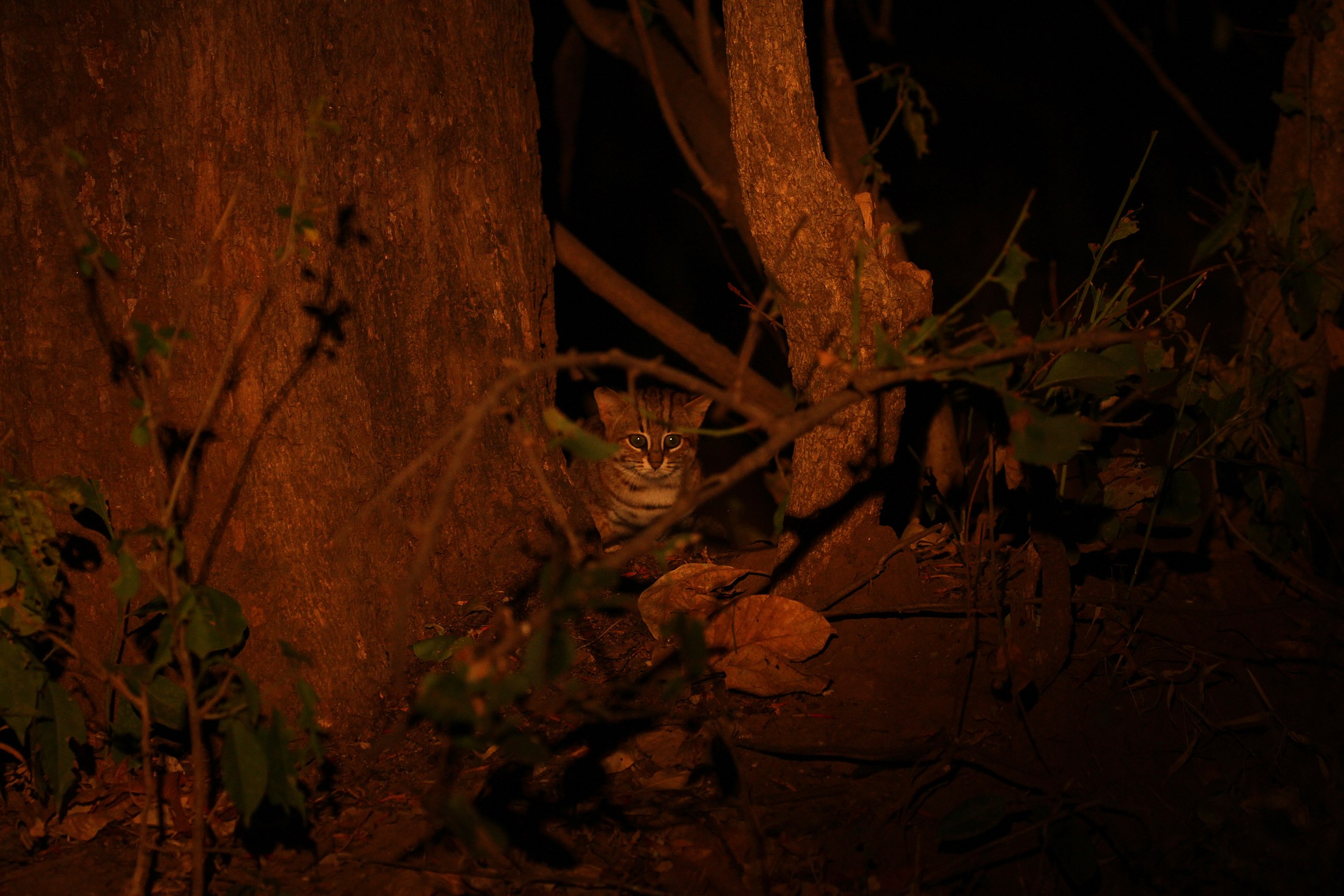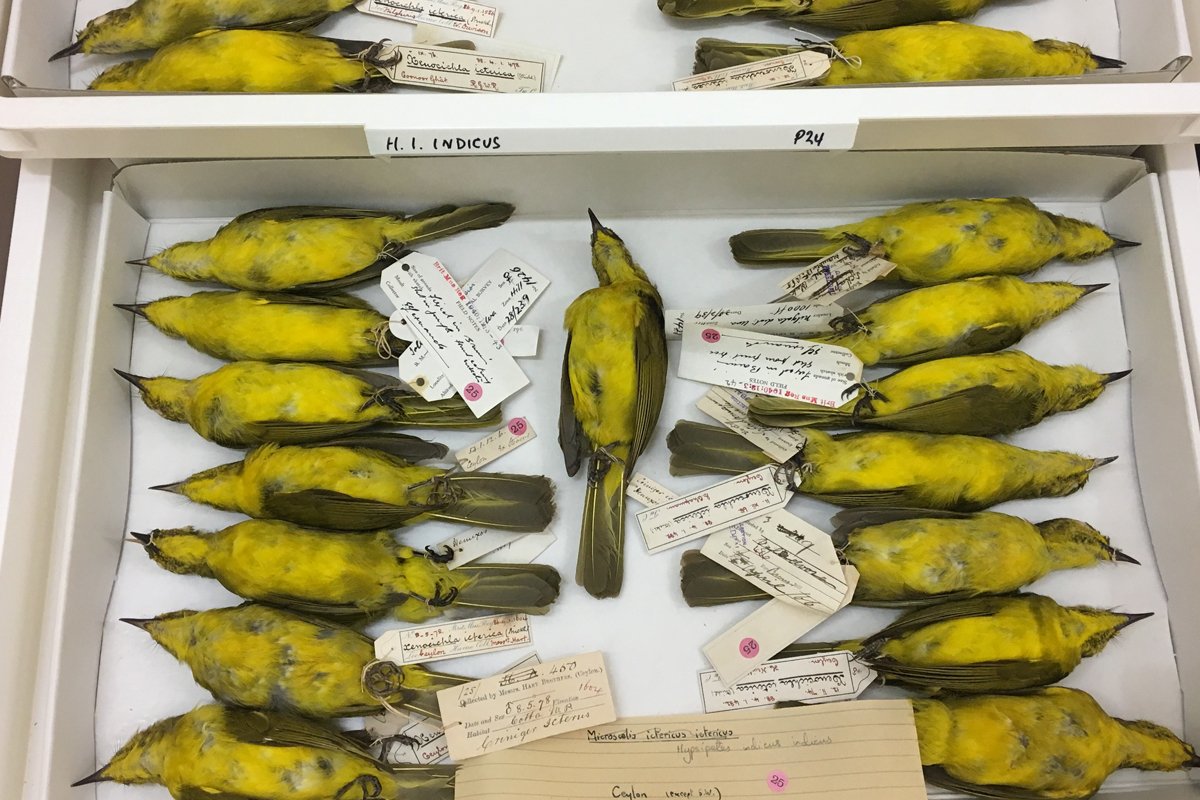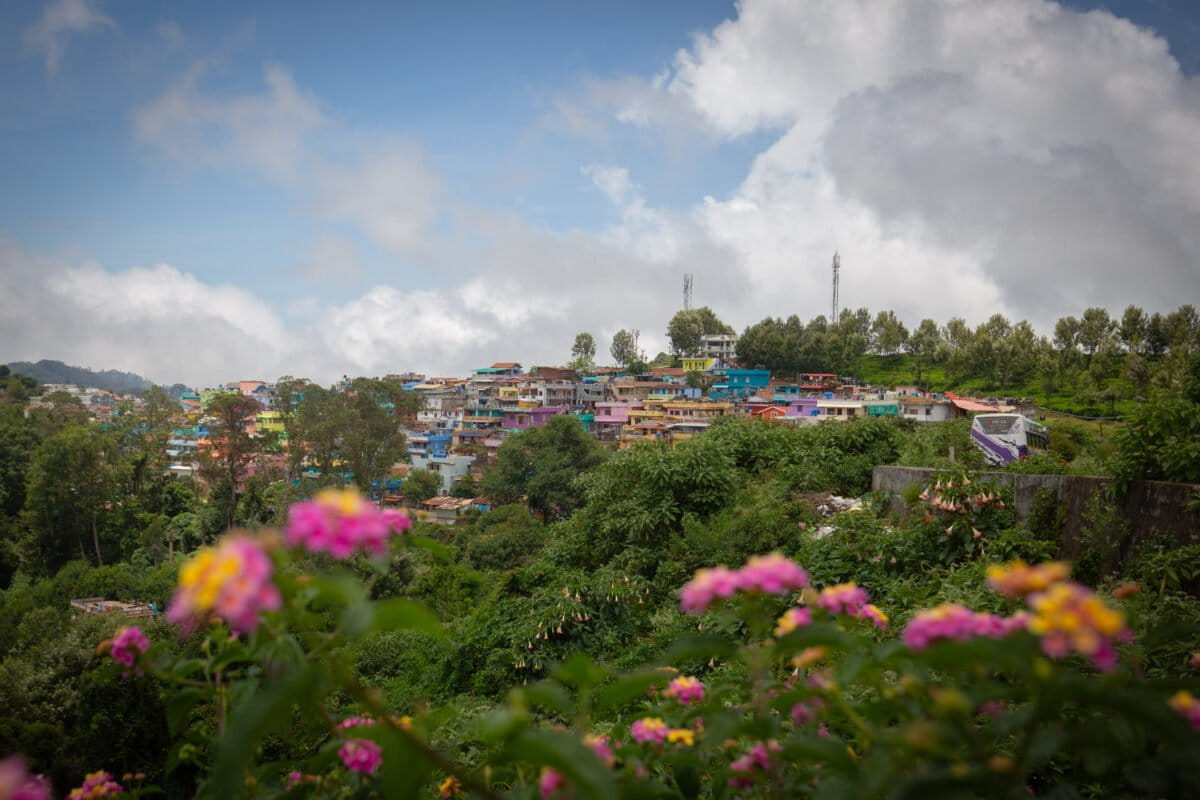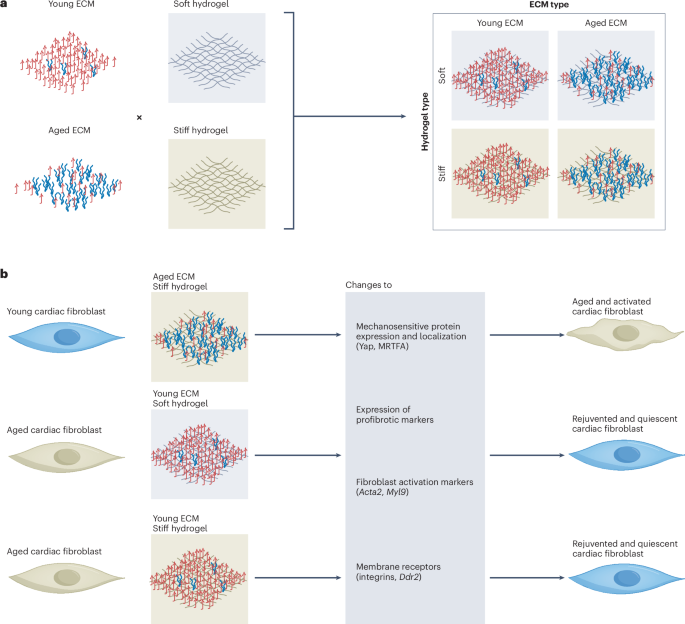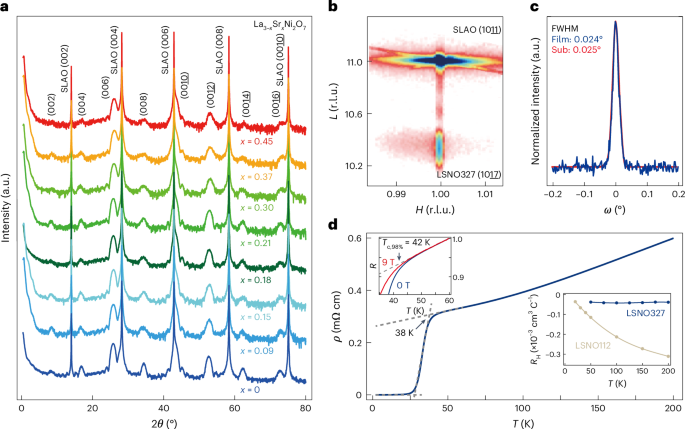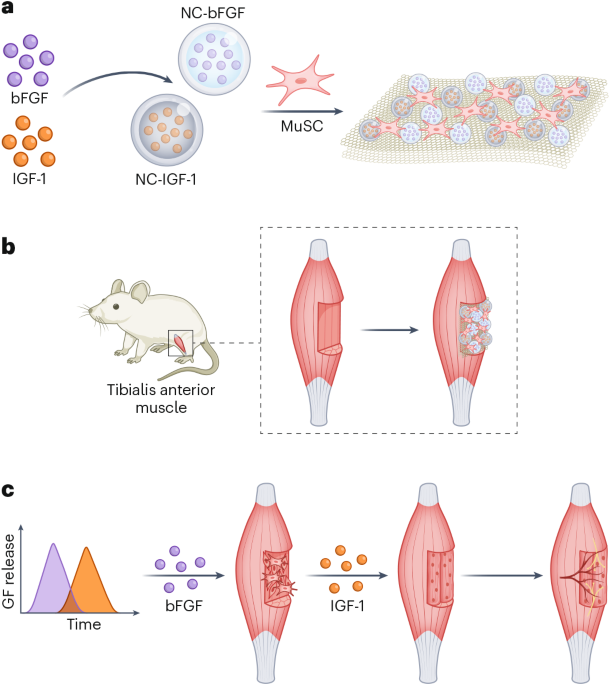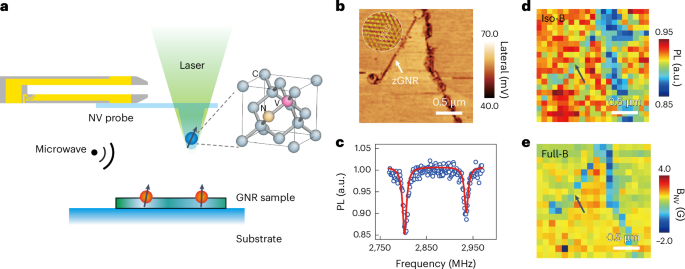

|
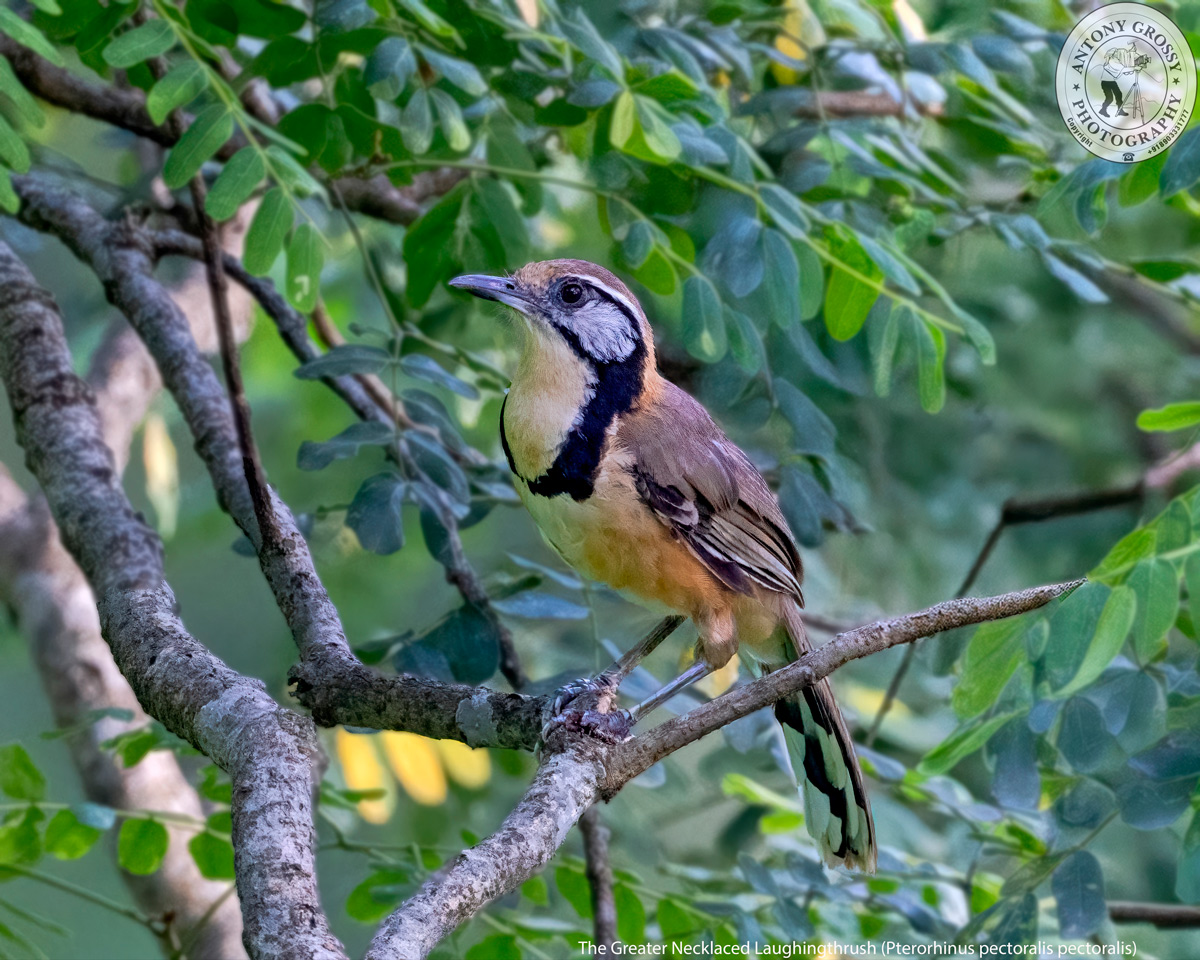 |
| The Cackling Laughter of the Hill Forests – The Greater Necklaced Laughingthrush |
| The Greater Necklaced Laughingthrush is a large, long-tailed bird known for its distinctive black necklace marking. It also has a streaked white cheek patch and a pale band near the tip of the tail. It prefers wet lowland and hill forests, often near streams, and is typically seen in small flocks. Very similar to Lesser Necklaced Laughingthrush; note dark eye and contained (completely encircled) cheek patch also it is pale and has none of the ear covert markings. The bird is very shy and difficult to see well. . . . . . . . . . . . . . . . . . .. .. …. ……. . .. … …… ………………………. ………….. ……………….. .. …. …. ……….. … …. ……….. … …. ………… ………….. ………… ………… ….. ………. …………. …….. ……………. …… …. …. ……….. … …. ……….. .. ………… ….. ………. …………. …….. …… The Greater Necklaced Laughingthrush is a large laughingthrush with dark eyes, bold necklace and dark primary coverts. It is a medium-sized bird that has a length of only up to 26 to 34.5 cms in length and weighing between 105 to 170 gms. The nominate race has olive-tinged mid-brown on crown and upperparts, hind collar and upper mantle are rufescent, wing fringes and central tail feathers similar to upperparts but outer primaries are fringed greyer, primary coverts are darker than rest of wing, outer tail feathers are blackish-brown distally with broad white tips. The lores and side of forehead are whitish to buff, narrow whitish postocular supercilium from eye to above rear of ear-coverts. The ear-coverts are whitish, variably streaked dark greyish to almost entirely black, black eyestripe and moustachial stripe meeting on neck side and extending as broad black band down breast side and across breast forming a prominent necklace that is narrowest at mid-breast. The chin to upper breast area is pale buffy whitish; area below necklace is whitish, with rufous wash on flanks and vent. The iris is brown to crimson, orbital skin is golden-yellow to yellowish-green; bill is blackish, lower mandible has greyer basal half; legs are slate-grey to horn-green. Both the sexes are similar. The juvenile is warmer above and sometimes also on wings than adult, with pale tips and fringes of primary coverts, and has necklace duller or less distinct, eyering is duller. . . . . . . . . . . . . . . . . . .. .. …. ……. . .. … …… ………………………. ………….. ……………….. .. …. …. ……….. … …. ……….. … …. ………… ………….. ………… ………… ….. ………. …………. …….. ……………. …… …. …. ……….. … …. ……….. .. ………… ….. ………. …………. …….. …… The Greater Necklaced Laughingthrush is found in East and South East Asia, including India, Bangladesh, Bhutan, China, Laos, Myanmar, Nepal, Thailand, and Vietnam. Its natural habitats in the lush environments of subtropical or tropical moist lowland forests, as well as subtropical or tropical moist montane forests, where the dense foliage offers both sustenance and shelter. Found in Broadleaf evergreen forest, mixed deciduous forest and mixed broadleaf-coniferous forest, secondary growth, cut-over scrub, bamboo, plantations; also found in Fokienia-dominated forest and semi-evergreen forest. It is a Resident bird found up to 2000 mtrs. . . . . . . . . . . . . . . . . . .. .. …. ……. . .. … …… ………………………. ………….. ……………….. .. …. …. ……….. … …. ……….. … …. ………… ………….. ………… ………… ….. ………. …………. …….. ……………. …… …. …. ……….. … …. ……….. .. ………… ….. ………. …………. …….. …… Its Diet is mostly insects; also, some fruits. Gregarious in flocks of 5 to 15 or, sometimes, up to 25 individuals, often in association with other laughingthrushes where ranges overlap. Forages mainly on forest floor; sometimes moves up to middle storey. They possess strong legs and sturdy feet that aid them in hopping along the forest floor, while their curved beaks effectively assist them in foraging for food to locate food sources within leaf litter or under tree barks, they use their agile beaks, digging through debris or probing cavities to uncover hidden morsels. . . . . . . . . . . . . . . . . . .. .. …. ……. . .. … …… ………………………. ………….. ……………….. .. …. …. ……….. … …. ……….. … …. ………… ………….. ………… ………… ….. ………. …………. …….. ……………. …… …. …. ……….. … …. ……….. .. ………… ….. ………. …………. …….. …… Their apparent Song types include repeated, clear, ringing, slightly descending and diminishing sequence, kléér-éér-éér-éér-eer( ) or just kléér-éér, and sequence of alternating upslurred mellow whistles, tu-twéétu-twéétu-twéé . Mixed series of loud, quavering, nervous weeii, weeu and weeeeu phrases. Calls include clear, rapid, nervous chit-it(-it-it), louder and less mellow than peeping calls of The Lesser Necklaced Laughingthrush; also, variety of short nasal churring calls, and low, gruff contact notes. ….. ………. …… ………….. ………… ………… …. … … …… ………….. ………… ………… ….. ………………….. … ………… ….. ………. …… ………….. …………………….. … ………… ….. ………. …… ………….. ………….. …… ………….. …………………….. … ………… ….. ………. …………. ….. ………. …… ………… ………….. …… ……….. …… ………….. ………… ……….. Description Credit Birds of the World (The Cornell Lab), Oiseaux, Birda, Animalia, Nepal Desk, Ogaclicks, Birds of India | Bird World, Bird Count India & Wiki. |
  |
|
|





